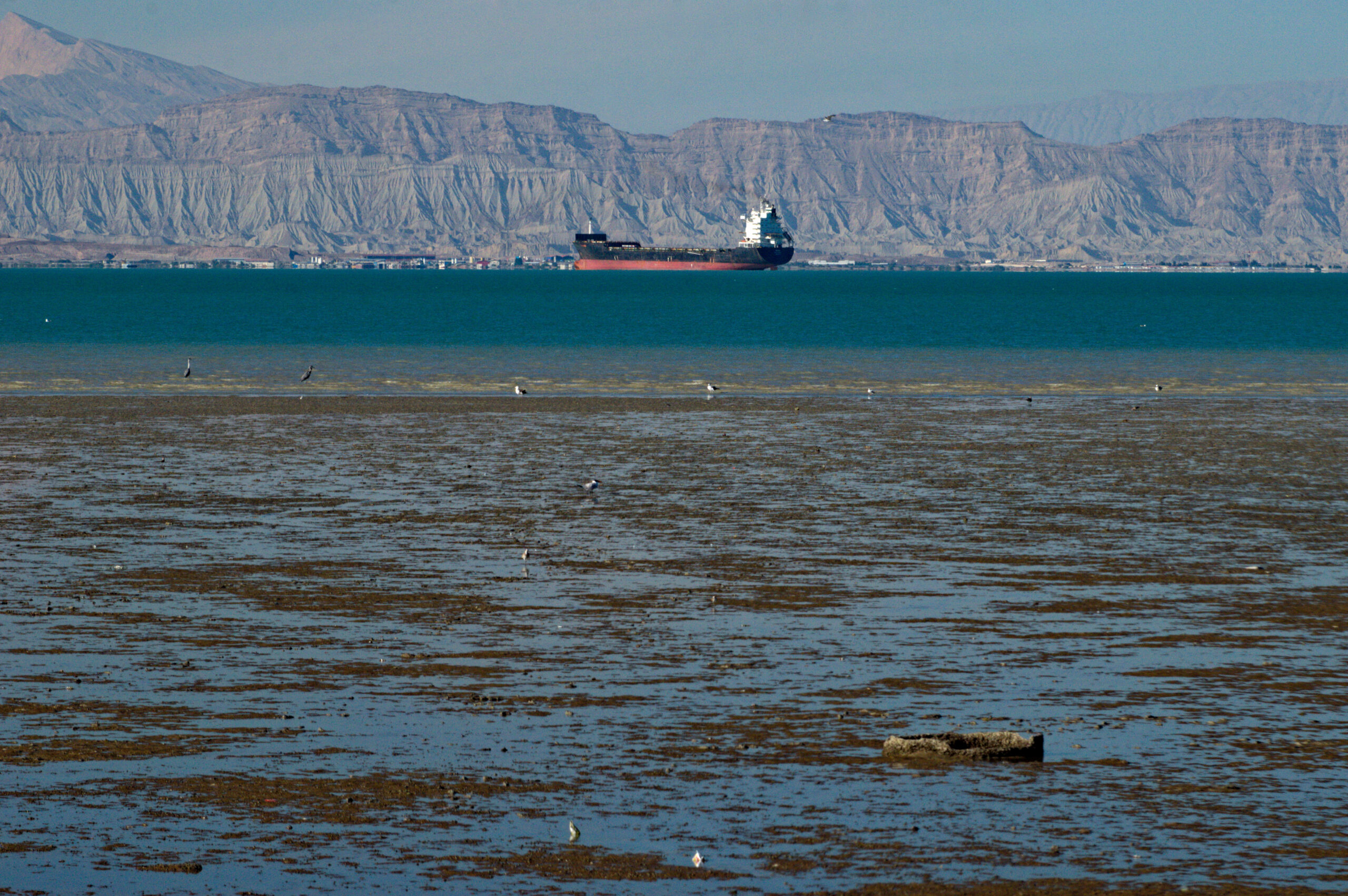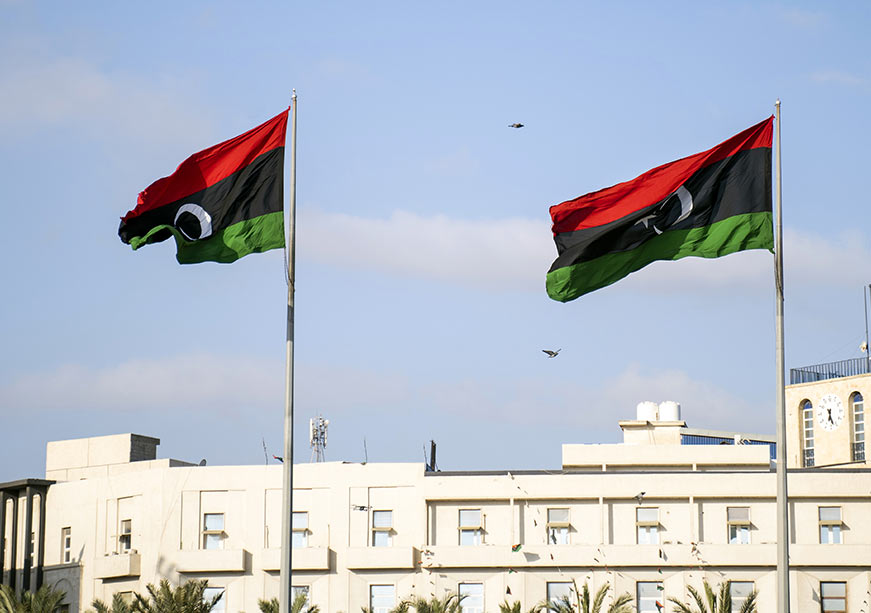The Strait of Hormuz—a narrow yet strategic waterway between Iran and Oman—is responsible for almost one-fifth of the global crude oil trade. In 2022, the oil flow through the Strait averaged 21 million barrels per day. Key OPEC players from the region, including Saudi Arabia, Iraq, the United Arab Emirates, Kuwait as well as Iran, are heavily reliant on this chokepoint for their crude exports. Likewise, Qatar, as one of the largest liquefied natural gas (LNG) exporters, depends on the Strait for nearly all of its LNG shipments.
The significance of the Strait in ensuring global energy security is immense. This crucial reality offers a strong bargaining chip in the hands of the Iranians, who, in the past, have threatened to block the passage in response to the United States (US) and European sanctions back in 2012. The same threat now looms large as tensions escalate in the region.
Oil markets have sharply reacted to the unfolding events. Crude prices have risen by nearly 12 percent since the military attack. While oil supply from the region has not been disrupted so far, the anticipation of a disastrous flare up is making markets uneasy. Freight rates between the Gulf and Japan for fuel shipments have already doubled, and QatarEnergy has instructed its tankers to hover outside the Strait of Hormuz and enter only a day before loading. While the Bahrain-based US Fifth Fleet does provide some maritime security, commercial shipping remains wary of operating in contentious waters. The United Kingdom (UK) and Greece authorities have also advised their ships to avoid the southern Red Sea and the Gulf of Aden in anticipation of further escalation. A full or even partial blockage of the Strait would raise shipping and insurance costs, spike global energy prices and exacerbate inflationary pressures.
Historically, crude exports from the region majorly flowed towards the West. This justified the Saudi Arabia-led Arab producers embargo imposed on oil during the Israel-Egypt war in 1973. But today, the landscape has changed dramatically. Asian markets, including China and India, are its major recipients. Besides, China, having brokered a rapprochement between Saudi Arabia and Iran, might even put pressure on Iran to prevent any disruption that could cause energy prices to balloon. At the same time, United States, under the Trump administration, would like to keep oil prices in check, making US intervention likely if the situation escalates. On the other hand, Russia, for its part, has little incentive to de-escalate the situation – standing to gain from higher oil prices which could potentially make its own discounted oil more appealing to buyers looking to hedge against Gulf volatility.
Moreover, the blockage will be a major blow strategically and financially for Iran. As the world’s ninth largest oil producer, Iran earned an estimated US$ 53 billion from net oil exports revenues in 2023. The country exports 2 million barrels of crude and refined fuel each day out of the 3.3 million barrels of crude oil it produces. Iran is also the third largest producer of natural gas in the world accounting for 6 percent of the global production.
Blocking the Strait goes against its own interest and will hurt its friends more than its adversaries. Ironically, the one country in the region that would be least affected from a blockage of the Strait is Israel whose supply comes from the Mediterranean, from countries including Azerbaijan, the US, Brazil, Gabon, and Nigeria.
While the Israeli attack initially focused on the Iranian nuclear and military facilities, recent developments indicate critical energy infrastructure has been struck including the South Pars gasfield, Fajr Jam gas plant, Shahran oil depot, Shahr Rey oil refinery and Tehran fuel depots.
However, all of these targets were catering to domestic fuel and power supply, while the oil-exporting infrastructure remains untouched— for now. Should this change, in response, Iran could adopt a “if I can’t export, no one else will” stance, to force regional pressure on Israel to de-escalate. However, this is not 1973. Today’s oil producing countries from West Asia are asserting strong geopolitical influence and are primarily focused on looking out for their own interests, particularly as they pursue diversification strategies beyond hydrocarbons. UAE , Saudi Arabia, and Qatar will strengthen diplomacy in an effort to ensure peace and stability in the region— key to their long term economic and geopolitical ambitions.
While some argue that blocking the Strait is not technically possible, Iran has the capability to attack tankers and disrupt maritime traffic, enough to dissuade risk-averse commercial shipping companies from making the voyage.
In anticipation of such scenarios, key Gulf producers including Saudi Arabia and the UAE, have already sought out alternative routes. Saudi Arabia operates twin oil and liquid gas pipelines which connect Abqaiq on the Gulf to Yanbu on the Red Sea coast capable of carrying up to 7 million barrels a day. The UAE’s onshore oil fields are linked to the port of Fujairah on the Gulf of Oman bypassing the Strait of Hormuz and capable of carrying 1.5 million barrels a day.
The preparedness and resilience of the UAE and Saudi Arabia is crucial to ensure global trust in the region’s energy reliability, stabilise energy markets and reinforce their geopolitical relevance. Most importantly, this crisis strengthens the case for alternative trade corridors like the India-Middle East-Europe Economic Corridor (IMEC) which envisions land and sea connectivity from the UAE to the Mediterranean. Such infrastructure corridors will become crucial, almost indispensable, as the world looks to de-risk energy and supply chains in an increasingly volatile world.
Mannat Jaspal is the Director and Fellow of Climate and Energy, Observer Research Foundation–Middle East












